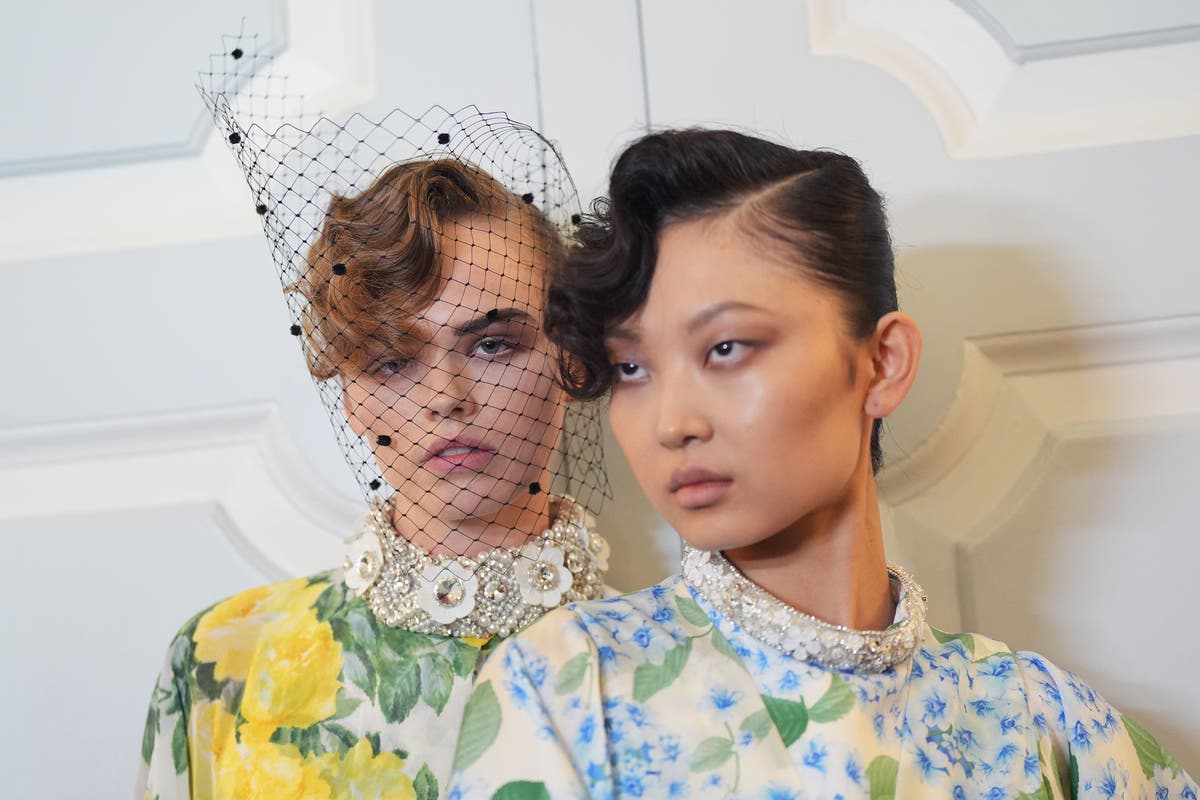Near the end of July, the landscape tends to become a bit seedy looking. A good way to freshen things up is to deadhead or remove all the faded flowers from spent perennials and to give leggy annuals such as petunias a quick haircut to revitalize them. Remove the spent stalk of delphiniums, cut back the Oriental poppies and shear off the faded blooms of Lady’s Mantle.
Give your roses some attention this week by cutting back long branches that have already bloomed. And when harvesting hybrid tea roses to bring indoors, make sure you follow the stem down to a point where there is a five-leaflet sprout emerging from the branch. This mid-summer pruning will encourage fresh new growth and even a second wave of blooms.

A. First, the bad news. Ribbon grass spreads from underground rhizomes, so cutting it back will not stop it from spreading as you have found out.
The good news is, we all need more exercise, so grab a shovel and dig in. Removing all the tuberous roots is the only way to get rid of this rather invasive ornamental grass which is also called Variegated Ribbon Grass. It can be grown in a container sunk into the ground if you want to enjoy the soft texture and variegated stripes amidst your flowers.
You can also plant variegated ribbon grass in patio pots and enjoy it year after year as a container plant. This grass loves shade and moist soil, but it will adapt to sun and dry soil. The less it has to drink, the more likely it will behave itself and stay in its own bed.
In a woodland garden with dry soil, variegated ribbon grass will spread politely adding a lovely texture and color in the shade. Do not let this moisture-loving grass escape to a stream or creek side. It can become a noxious weed crowding out native plants needed by wildlife.
I grow variegated river grass in metal urns so it can’t spread but makes an upright show of color every summer without the need for replanting or deadheading. “Right plant, right place” is a good rule when growing overly ambitious plants. A.
I vote yes for using the slow-growing, fancy-leaved ajuga in the shade. The crinkly “Metallica Crispa” is known as a very slow grower with deep blue, spring flowers. Two other ajuga varieties that will not steal real estate are “Silver Beauty” and “Variegata,” both with a lot of white or silver in the foliage.
Plants with variegation are naturally slower to spread as the white in the foliage limits the amount of chlorophyll and slows down growth. Rhododendrons and azaleas do have shallow roots, so smothering them with a thick groundcover that will compete for water might bother your shrubs. Just keep your groundcover 1-2 feet from the trunk of your rhododendrons.
A. Do not plant spreading bamboo. (There, I said it.
) In our mild climate, bamboo has escaped from gardens and caused lawsuits and ruined native habitats. There are, however, some compromises. Some bamboos are clumping or not as fast to spread.
Some gardeners have encased bamboo in concrete — with stories of the bamboo eventually breaking through, but it takes a while. The safest way to enjoy the look of bamboo without the headache is to plant Nandina domestica or “Heavenly Bamboo.” This is a tidy and well-behaved shrub that looks like bamboo but never spreads.
Visit a local nursery and you will find Nandina in dwarf forms, some with red leaves and many Nandina varieties with copper or golden foliage. Buy your neighbors a Nandina plant as a gift. They will love it so much, they will never again consider the dangerous real bamboo.
There, you have them bamboozled..



















